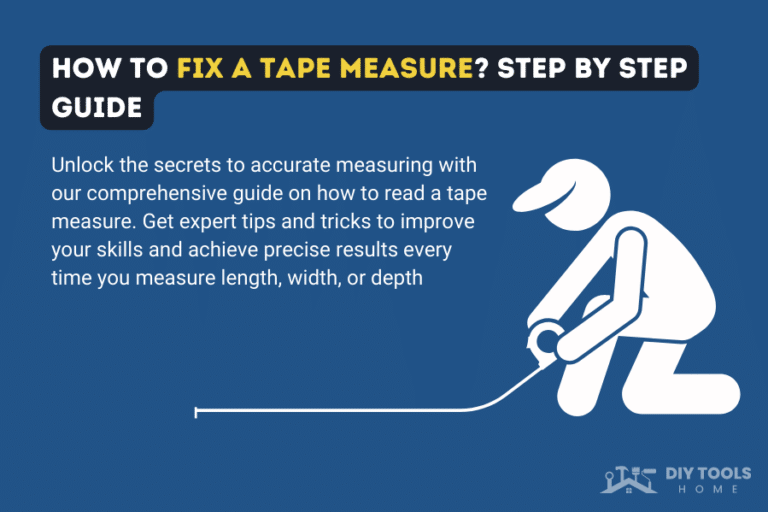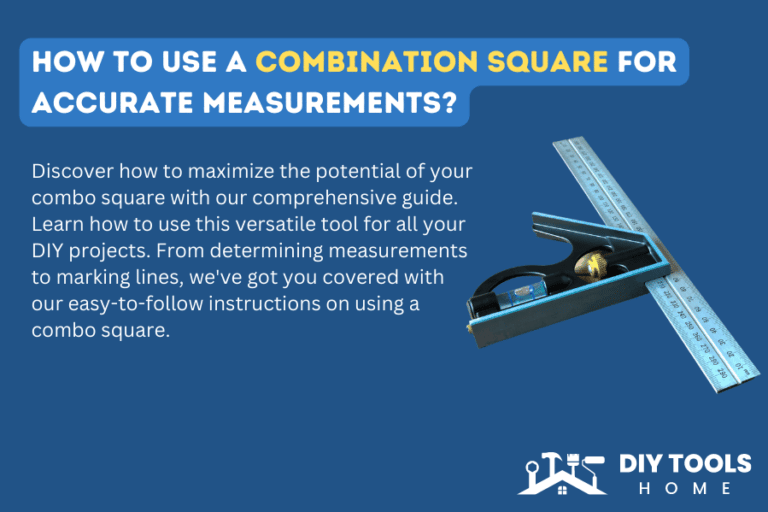How to read a Tape Measure? Expert Tips for Better Measuring
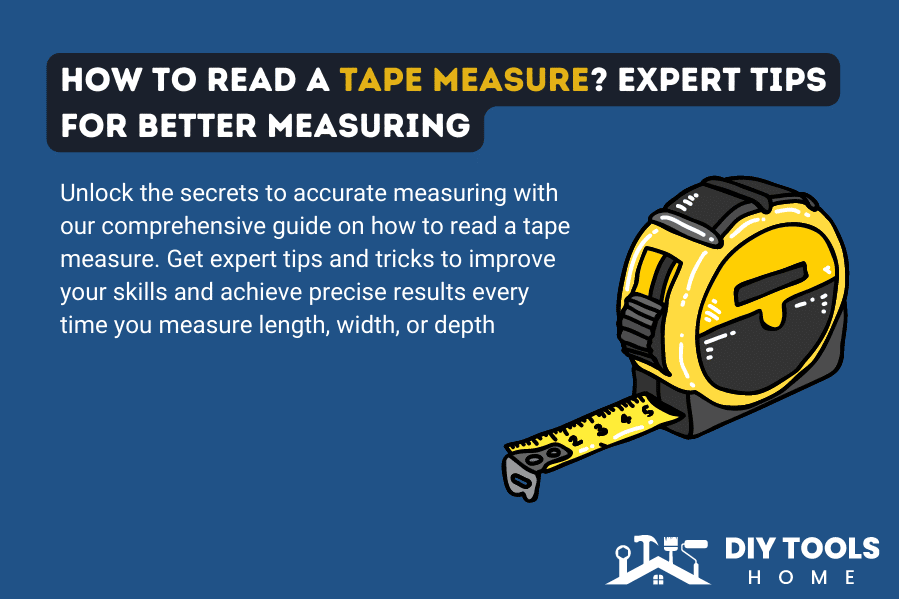
A tape measure is the most basic and valuable tool you should have in your homeowner toolbox. Reading a tape measure is needed for many projects, from hanging pictures in the correct position to building a house. It might not seem very easy to read tap measures correctly, but it’s not as complex.
It required an essential knowledge background in fractions and an understanding of clarifying marks on the tape measure. There are a variety of sizes for tape measures. They are available for purchase in various lengths, including 10 feet, 16 feet, 25 feet, 30 feet, 33 feet, 35 feet, and so on.
Other than the inches and feet, some tape measures only show the ticker marks. Additionally, there are tape measures that provide all the different numbers as well, which can be much simpler to read. So, in this guide, we will show you other parts of a tape measure and how to take readings from the different tape measures.
So, without any further delay, let’s dig in!
Table of Contents
Parts of a Tape Measure
Every tape measure has some essential parts, and getting a clear idea of its part will make its use more straightforward and accessible.
- Hook: the tape’s end that presses or grabs the material.
- Blade: the “tape” printed with the measurements in a tape measure.
- Housing: the metal or plastic case that the blade returns to
- Lock: the sliding piece on the tape’s front that prevents it from coming back in when you press down
- Clip: (also known as a Belt Clip): a piece of metal on the side that allows you to attach the tape to your belt, pocket, or bag.
- Over mold: a rubberized material that protects the housing from drops and improves comfort.
How to Read an Imperial Tape Measure?

The markings on an imperial tape measure indicate length in inches. The essential work of tape measure is by using inches and feet. We measure the height in feet and inches, the weight in pounds, and the speed in miles per second.
Feet and inches are the most precise and boldest marking on the tape measure. When you start to read a tape measure, you will notice that the majority divides each inch into 16 sections.
It means that you can read a tape measure with 1/16-inch accuracy. The longest mark is the 1/2-inch mark, followed by the 1/4-inch and 1/8-inch effects. The shortest results are 1/16-inch ones. The pattern appears as follows when viewed from one inch forward (the results will be solid on the blade):
- — 1/16
- — 1/8
- — 3/16
- —-1/4
- — 5/16
- — 3/8
- — 7/16
- —– 1/2
- — 9/16
- — 5/8
- — 11/16
- —- 3/4
- — 13/16
- — 7/8
- — 15/16
1 foot =12 inch
1 inch = 16 and 1/16th of an inch, 8×1/8th of an inch , 4 x 1/4th of an inch or 2 x 1/2 of an inch.
What Does Each Marking Specify?
To get a clear idea of reading a tape measure, you need to understand what the mark on the tape measure means. The distance between the large ticks is one inch, and between small ticks, it is a fraction of a part. The numbers indicate the in-inch distance from the tape’s end next to the large ticks.
The tick in the center of the inch marking specifies its half-inch marking, 1/2″ between the inch and half-inch marking. The tick between the inch marking and half-inch marking specifies the quarter-inch marking. It is 1/4″ between the one-inch marking and quarter-inch marking. It is also 1/4″ inch between each quarter-inch and half-inch marking.
The minor ticks are sixteen-inch markings on the tape measure. It is a 1/16″ marking between each marking on the tape. After understanding each inch marking on the tape measure, you will understand how to read a tape measure. Starting from the hook, it has numbered markings for each inch and continues with numbered markings for each foot.
Instead of starting at 1, the inch markings continue upward with numbers 13, 14, 15, and so on after one foot. A smaller number accompanies the last foot mark you hit on some tapes. It could demonstrate that 22 inches also correspond to 1 foot 10 inches.
There are a series of smaller ones between each marking for the entire blade width in inches. They come in various sizes to make it easy to tell which. Even fractions printed on some tapes make them easier to read and use.
How to read a Metric Tape Measure?
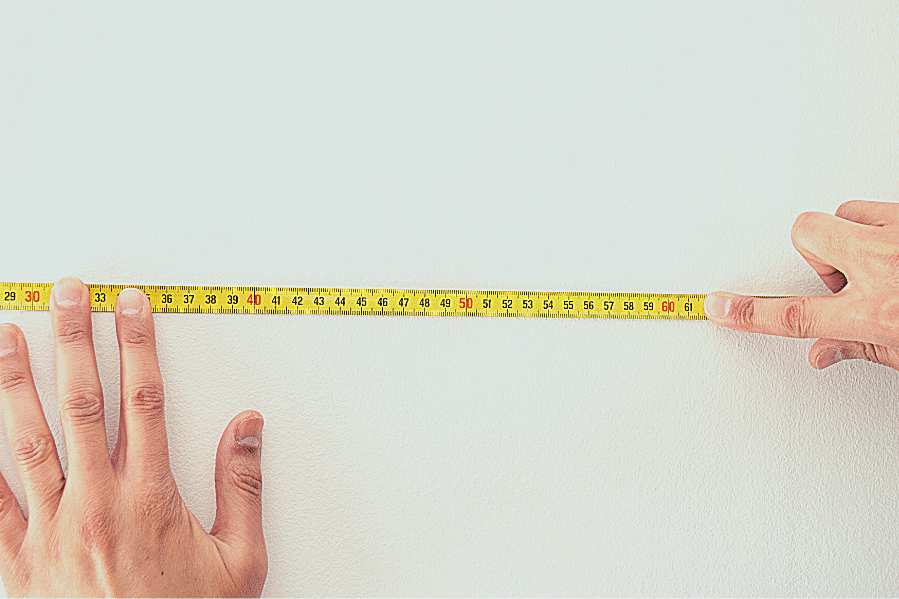
The markings on metric tape measures are the same as those on imperial models, but they are in centimeters and millimeters. On a metric tape with numbers, the more extensive markings are centimeters, while the more minor markings are millimeters.
There are nine-millimeter tick marks between each centimeter on the tape because there are 10 millimeters in a centimeter. A few tape measures have meters marked on them, 1m display is 1 meter, but most tapes show centimeters mark.
When you start reading between each centimeter mark, the short mark means one meter, and usually, the 5th mark is longer to help you find the middle quickly. It does not remain you bound between fractions, and you can easily convert them into decimals .15 cm, and 6mm is simply 15.6cm.
A small number of tape measures even offer both measurements on the same tape. While this can be useful, it makes the markings harder to see. Rarely do we require both standard and metric at the same time.
If you work with materials measuring in metric units, ensure you have at least one of these tapes. In either case, please select the appropriate tape by paying close attention to the labeling on the tape itself.
How to read special marks on a tape measure?
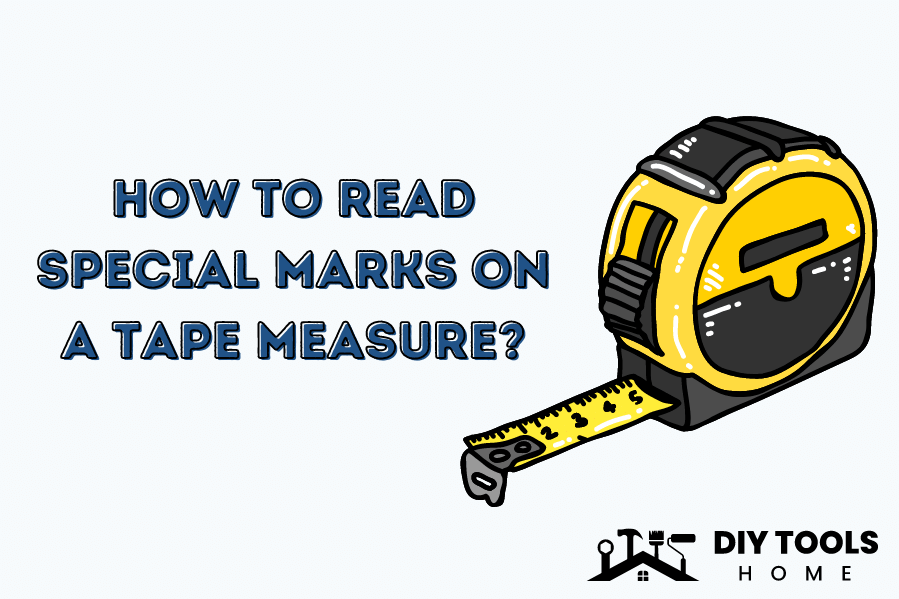
1. Red Color Number
As you read your tape measure, you might notice a few unique markings made especially for contractors. There is a bold, red, or colored-in mark every 16 inches (16, 32, 48, etc.) These indicate the usual location of 16-inch studs.
2. black diamond
You might have been curious about the purpose of the black diamonds on a tape measure. The tape measure is from a building, but knowing its basics is still helpful. The standard distance between the trusses in a roof is 19 3/16″ between the diamonds. Roofers work high in the air, so they have their markings because they can easily see the spacing, they need, making things go faster and safer.
3. Sliding Hook
The intention of the hook sliding back and forth at the front of the blade. It slides the same width as the hook, so you can accurately measure whether you push it against material or pull from the side.
How to take interior measurements accurately
Why is Measuring So Important?
Suppose you’re buying a floor rug for your living room that doesn’t quite fit under the coffee table, or you’re buying a new bed for your apartment that you can’t get through the door frame. In such situations, a good tape measure can save your life.
Those are only minor errors in the grand scheme of things. Measurement errors have been much worse in the past.
General Tips
- General construction involving framing lumber is usually sufficient for measuring down to 1/8-inch increments.
- When framing walls, for instance, studs and joists can typically be driven into place with tolerances as low as 1/8 inch.
- When hardwood workpieces need to fit very tightly, exemplary woodworking projects typically use 1/16- and 1/32-inch increments.
Safety Tips
- Be careful while rewinding the tape measure; never allow the blade and hook to return at full speed uncontrolled.
- While the ability to repay the edge to the case quickly may appear helpful, it can also be hazardous, as wildly flailing hooks cause several yearly injuries.
- For precisely this reason, all manufacturers advise users to wear safety glasses or goggles when working with tape measures.
conclusion
One of the first skills any professional or DIYer needs to acquire is the ability to read a tape measure. To complete your project, you must learn how to use tape measures correctly. It will take some practice before you can easily read the tape measure’s markings. It is easy to understand. Keep in mind that you should measure twice and cut once.
What if my tape measure doesn’t work? How to fix it? Let’s know!
FAQs
What Are All The Marks On A Tap?
Standard tape measures show feet, inches, and fractions of inches. The general measurement on a tap measure is 16 marks to the inch.
How Does A Tape Measure Read One Meter?
One hundred centimeters make up one meter. It indicates that the meter must mark down for each 100-centimeter line. For instance, after the 300-centimeter lines, you should see a label that says 3 meters.
Is It Inches And Cm On A Tape Measure?
Most tapes have metric units (centimeters) on the bottom row and imperial units (inches) on the top.

